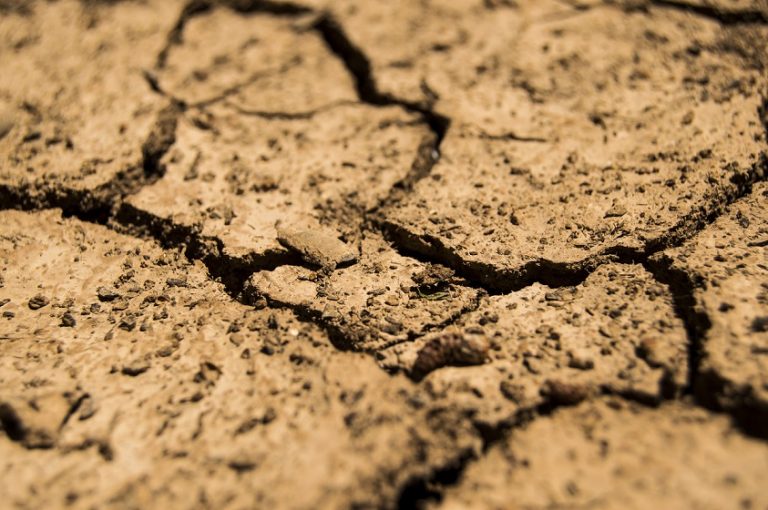The Czech state spent CZK 26.8 billion on anti-drought measures last year, according to the strategy for protection against the effects of drought in 2023 discussed at the government meeting in the Liberec Region yesterday, the Ministry of Agriculture has said in a press release.
The money was used, among other things, for land adjustments, increasing the proportion of organic matter in the soil, and the construction of water supply and sewage systems. In the previous five years, an average of just under CZK 16 billion was spent on drought measures, according to the Agriculture Ministry.
The strategy contains 35 measures and describes steps to mitigate the effects of drought and help prevent extreme weather events. “We are providing support, for example, for grassing, sustainable farming methods, and the cultivation of crops that benefit the soil and prevent erosion,” said Agriculture Minister Marek Vyborny (KDU-CSL).
Of the nearly CZK 27 billion, just under CZK 1 billion was used to restore natural features in the landscape and manage rainwater. Half a billion contributed to the construction and restoration of ponds and small water reservoirs, and a quarter of a billion went to forestry measures.
The money also funded the construction of 128 kilometres of water pipelines, five water treatment plants, 167 kilometres of sewerage systems and 59 wastewater treatment plants.
The Agriculture Ministry contributed CZK 20.4 billion to the measures, the Environment Ministry nearly CZK 5 billion, and the Industry and Trade Ministry CZK 1.5 billion. Almost 70% of the money came from European sources, while 17% came from the state budget.
Between 2017 and 2021, the Agriculture Ministry spent an average of CZK 13.2 billion annually on anti-drought measures and the Environment Ministry an average of CZK 2.7 billion.
According to the Agriculture Ministry’s report, 2023 was the warmest in Europe’s history, and many countries were affected by water scarcity.
The Czech Republic saw slightly above average rainfall, so the impact of the drought on the country was not extreme. Groundwater levels dropped during the summer, but did not cause problems in drinking water supply compared to 2014-2021. Flows in watercourses also fell below long-term averages in many locations during the summer months, but due to the sufficient filling of reservoirs, it was not necessary to reduce water consumption.







